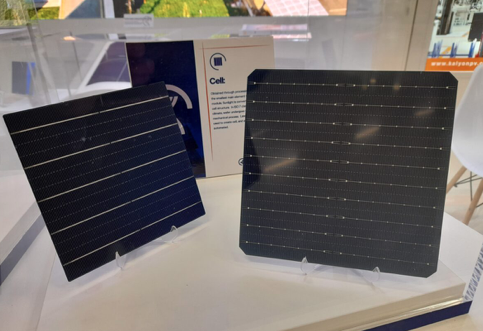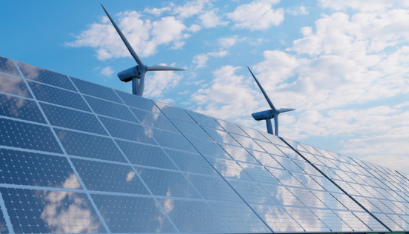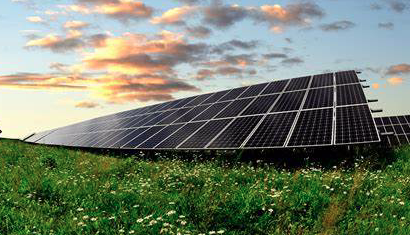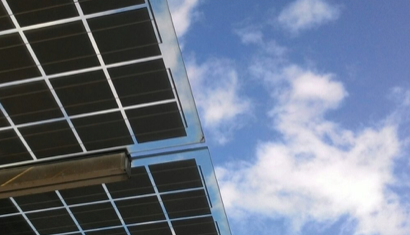-
26 2025-05

EU introduces secondary legislation for Net-Zero Industry Act
The European Union has introduced secondary legislation under the Net-Zero Industry Act to support solar manufacturing. Member states must implement the new rules starting in 2026.
MORE -
15 2025-05

Romania launches second renewables auction
Romania has opened its second renewables auction under a contracts-for-difference (CfD) scheme, offering 3.47 GW of capacity, including 1.47 GW of solar. The auction sets a maximum strike price of €73 ($81.81)/MWh for solar energy.
MORE -
21 2025-04

Turkey’s solar capacity surpasses 21 GW
Turkey’s rapid rise in solar deployment has been largely attributed to the installation of unlicensed solar power plants for self consumption in the commercial and industrial sector.
MORE -
14 2025-04

India installs 24 GW of solar in fiscal 2025
India added 23.8 GW of new solar capacity in fiscal 2025, up 58.5% year on year, according to JMK Research.
MORE -
07 2025-04

Hungary adds 1.4 GW of solar in 2024
Hungary deployed 1.41 GW of solar in 2024, according to figures from the Hungarian Photovoltaic Industry Association (MANAP).
MORE -
31 2025-03

Austria installs 2.2 GW of PV in 2024
Austria installed 2.2 GW of new PV capacity in 2024, bringing its cumulative total to 8.3 GW by the end of the year, according to industry group PV Austria.
MORE -
24 2025-03

Pakistan’s net-metering solar capacity hits 4 GW
Pakistan’s net-metering solar capacity surpassed 4 GW in 2024, marking significant growth in its solar market ahead of upcoming changes to the program later this month.
MORE -
18 2025-03

Australia adds 3 GW of rooftop PV capacity in 2024
Australia’s rooftop solar uptake continued to surge in 2024, with a new report revealing more than 300,000 PV systems with a combined capacity of almost 3 GW were installed on the roofs of homes and businesses across the nation in 2024.
MORE -
11 2025-03

South African regulator updates solar registration numbers
South Africa’s energy regulator registered 142 solar facilities totaling more than 1.1 GW of capacity in the third quarter of the 2024/25 fiscal year, bringing total registered generation capacity to more than 10.5 GW since 2018.
MORE -
03 2025-03

Papua New Guinea opens tender for solar-plus-storage minigrid
The United Nations Office for Projects Services has kicked off a tender for the development and construction of a solar and battery storage minigrid in Papua New Guinea. The deadline for applications is March 24, 2025.
MORE







